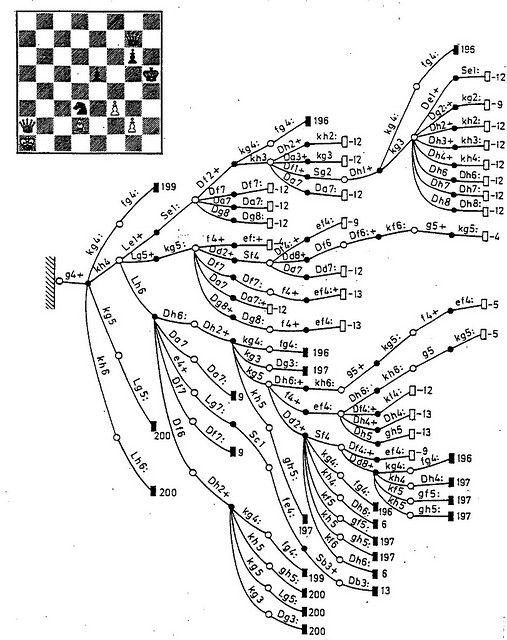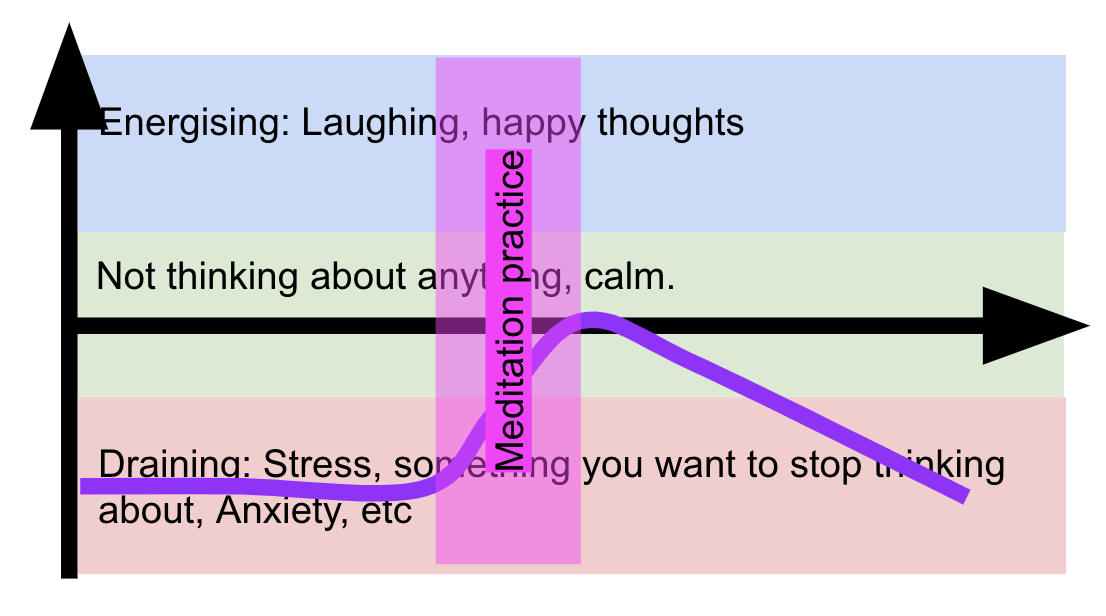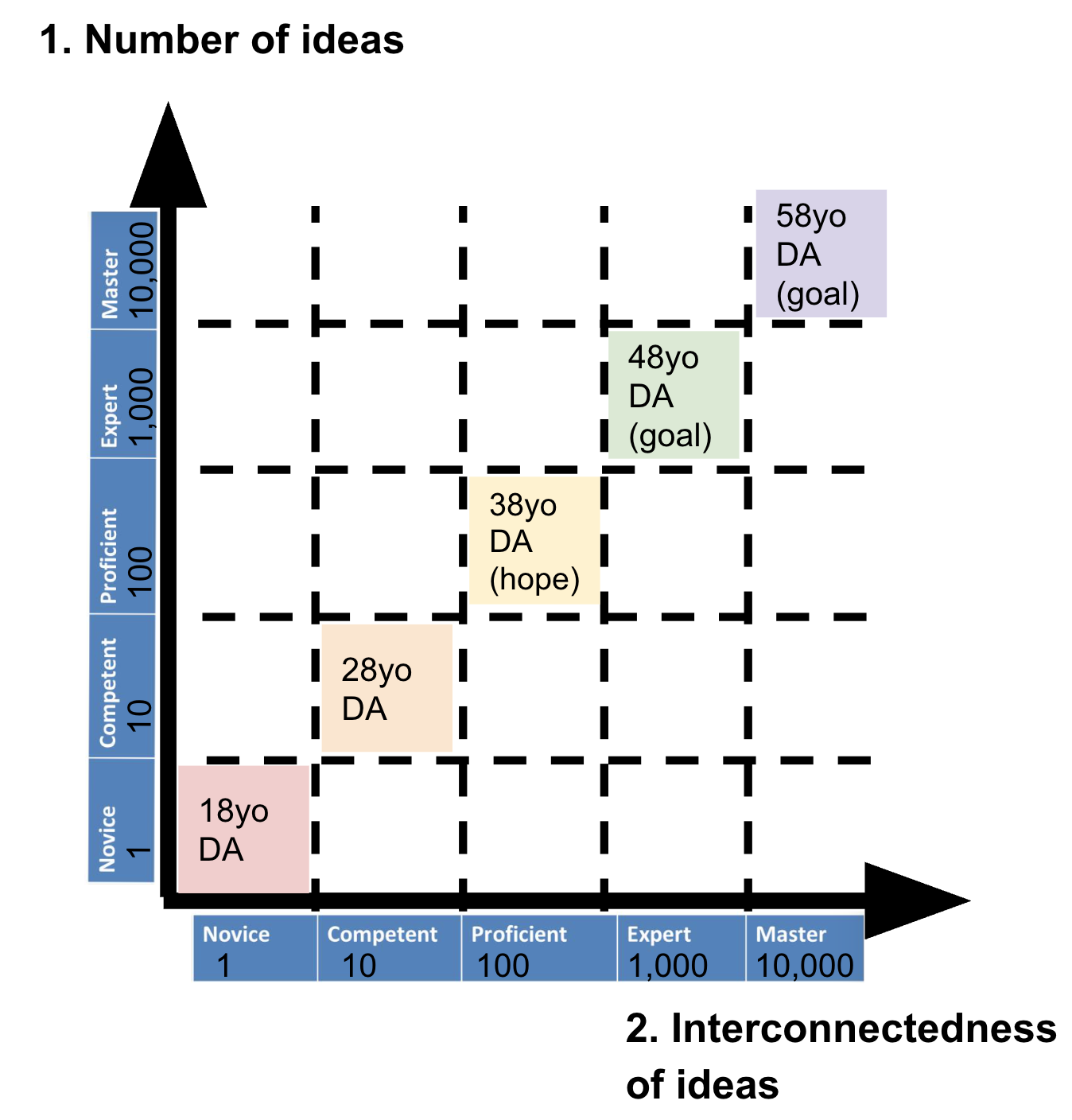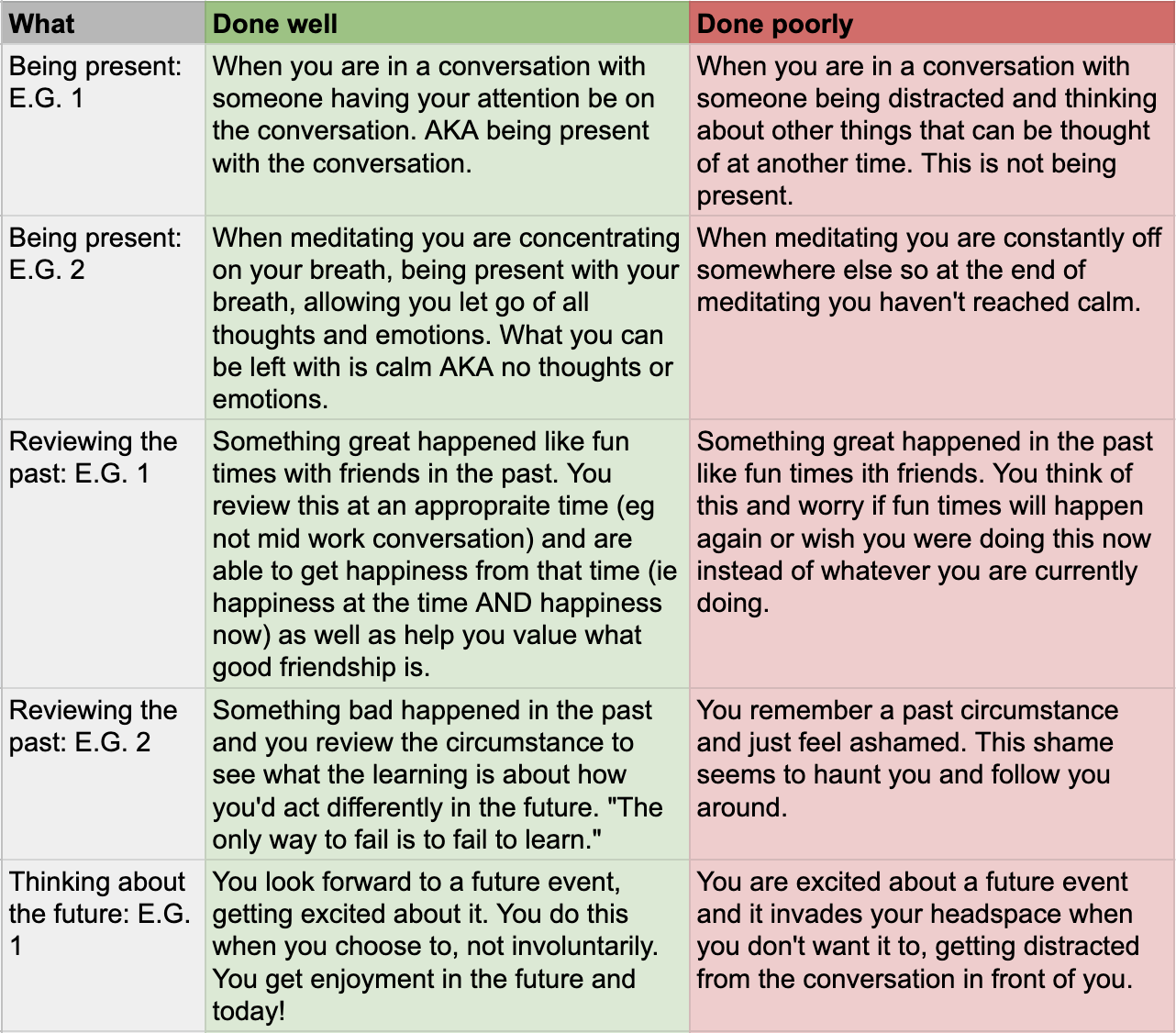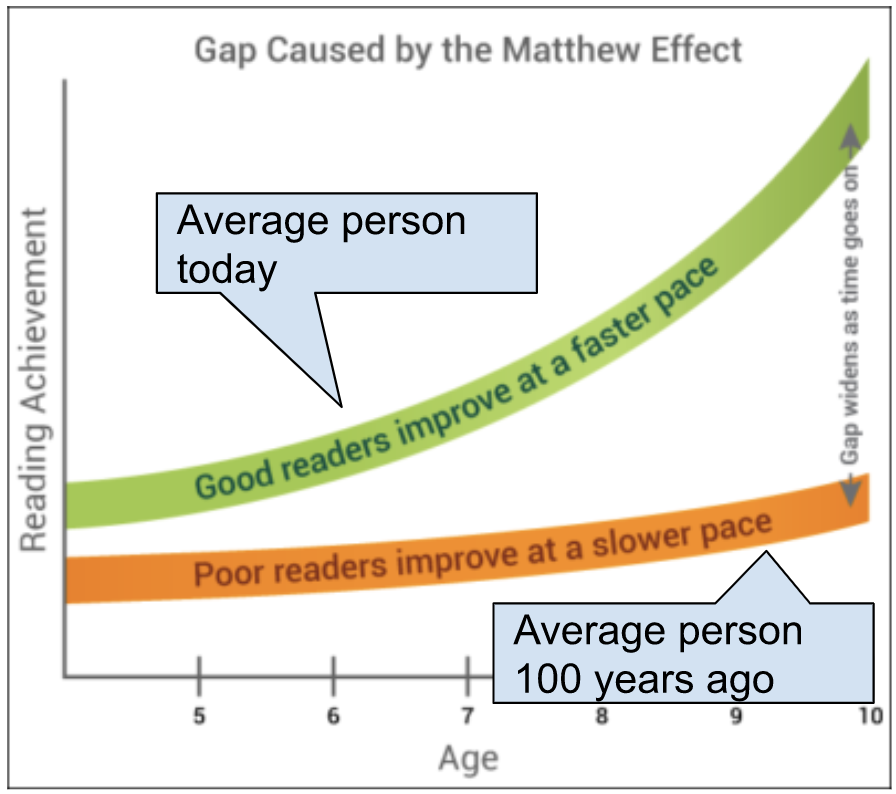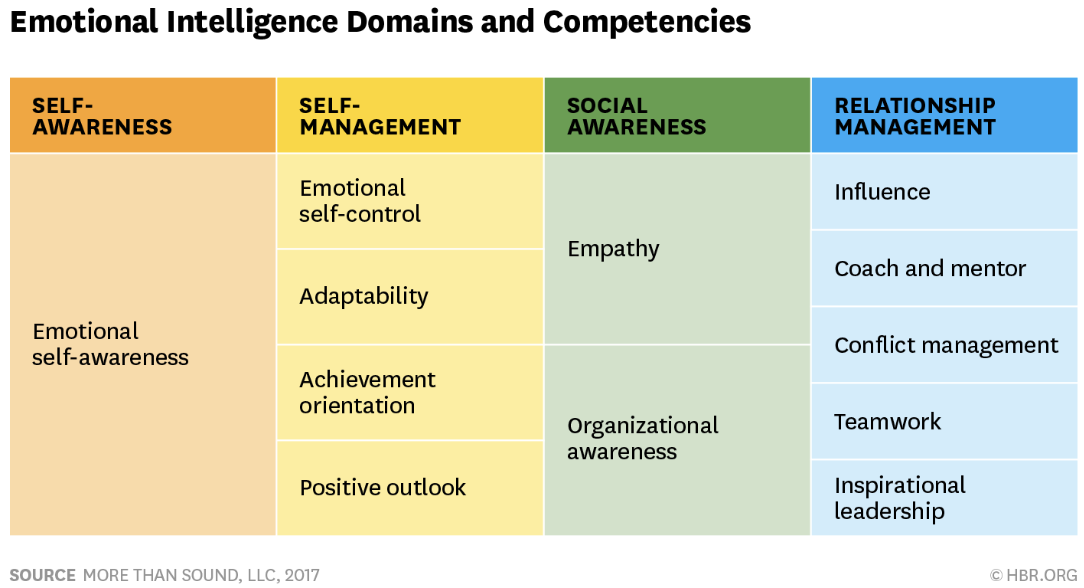All Blogs
/Hi all, I’ve moved this blog to Substack. You can find it here: https://cloudstreaks.substack.com/
Description ability: A key way Masters differentiate from Novices. - June 2023
Deliberate laughter practice: A better tool to destress and change your mood than meditation? - May 2023
What went wrong review: Trying to be consistently less stupid. - Apr 2023
Counter Biassing: Counter balance your biases to try be unbiased - Apr 2023
Optimal unit of work size = Smallest unit of work needed to get a unit of learning. - Apr 2023
Mind ability = Improvable = 1. Knowledge level * 2. Thinking speed * 3. Synthesis ability - Mar 2023
Quality Metrics: Objective measures for subjective things - Mar 2023
Psychologically safe floor expectations: Expectations = Floor + Middle + Ceiling - Jan 2023
Synthesizers, not summarizers: Move the game forward, don’t just say something. - Dec 2022
Effective Email: A key way to reduce organisational drag - Nov 2022
Dealmakers vs Dealbreakers vs Nice to haves: Not everything matters equally. - Nov 2022
Net progress deliverers: Don’t fight all fires, optimise for net progress. - Oct 2022
Humble Mindset: How a humble mindset leads to sustained success. - Oct 2022
Rounded mental abilities: IQ, EQ & KQ - Sep 2022
Mental Ability = Number of ideas * Interconnectedness of ideas - Aug 2022
Realists: not pessimists, not optimists - July 2022
Types of Innovation: 0=>1 vs 1=>10 vs 10+ - July 2022
Same different: One person's opportunity is another person's anxiety. - July 2022
Earned Secrets V2 = 1. Find problem + 2. Do the work to build / level up a solution (AKA earn a secret) - June 2022
Learning Modalities: Reading, thinking, talking, writing, building and user testing. - May 2022
Externally supported recommendations, not opinions - May 2022
Good strength vs Bad strength: Every strength is a weakness and every weakness is a strength. - May 2022
Principle Creation Ability ≈ Levelling Up Ability - April 2022
Purpose Vs Play Vs Peace: Plentiful Ingredients For A Pleasant Life - April 2022
Accountable Talk Stems: a key strategy to improve positive sum-ness of discussions - March 2022
Constant course corrections: IMO one should be doing constant course corrections - Mar 2022
High Definition Line Of Sufficiency: Defining Sufficiency Sufficiently - Feb 2022
Management Styles: be authoritative, not permissive or helicopter - Feb 2022
Ego distortion and blind spot discovery: a key strategy for personal upgrades - Jan 2022
Innovator Mindset = Considered Confidence = Imposter syndrome done well - Jan 2022
Metacognition Writing: the best way to add value I’m aware of - Dec 2021
Levelling up: Shuhari = Bloom’s Taxonomy = Dreyfus Taxonomy - Dec 2021
Innovation = 10 Units of Effort for 1 Unit of Progress - Dec 2021
Naming concepts = Making concepts easily usable - Nov 2021
Source of Challenge vs Source of Support vs Source of Inspiration - Nov 2021
Subjective Language: don’t use objective language for subjective things - Nov 2021
Automaticity: How to go from a novice to a master - Oct 2021
Upgrade Spreadsheet: A system to build changes / upgrades into your mind. - Oct 2021
Team Dynamic: Building a great team > Hiring the strongest people you can - Oct 2021
Detail vs Accuracy: “It is better to be roughly right than precisely wrong.” - Sep 2021
Culture: uniform in some areas, diverse in others, but always updating - Sep 2021
Always be prepared to absorb a big hit. Always be focused enough to create a big win. - Sep 2021
Ideas vs Ego: disassociating your ideas from your ego is key to growth - Aug 2021
To solve problems effectively, first build a complete picture of the problem space. - Aug 2021
A framework to articulate expectations: Level of expectations ≈ Amount of new - Aug 2021
Sufficiency > Perfectionism - Aug 2021
Conversation outcome = 1. Mindset * 2. Messaging * 3. Message - Aug 2021
Positive Sum Ecosystem = 1. Principles * 2. Proportionality - July 2021
Positive Sum Conversation Mindset = 1. What did I learn? + 2. How does the other person feel? - July 2021
Inspiration - a path to a better life, a path to a better company, a path to a better world - July 2021
Product innovation ability: innovation is not magic, innovation can be systematic - June 2021
Building decision making ability = Building the amount a business can do - May 2021
Stress outcome = External (Environment) * Internal ( Experience + Tolerance + Resilience) - May 2021
Some people want to be an olympian, I want to be a mental decathlete - May 2021
Knowledge compounds exponentially: an explanation for the matthew effect - May 2021
Ability to see data points in the world around you ≈ Ability to innovate - May 2021
Positive Sum Mindset vs Zero Sum Mindset - May 2021
Growth mindset * No growth plan = Fixed mindset - May 2021
Defence mode Vs Understanding mode - Apr 2021
Being easy to work with is the outcome of hard work - Apr 2021
I contain multitudes: one should have multiple modes - Apr 2021
The only way to fail is to fail to learn - Apr 2021
A recipe for relaxation: Work Mode vs Relax Mode - Apr 2021
Units of learning: The best way to show progress - Apr 2021
Self Esteem = Percentage Win Rate - Mar 2021
“The ability to change your mind is a super power.” Ray Dalio - Mar 2021
Improved ‘intelligence’ = strategy added - Mar 2021
Visualising ideas: a way to see things you otherwise wouldn’t - Feb 2021
Anti Confirmation Bias: to be unbiased you need to bias your bias - Feb 2021
Go ahead = 1. better + 2. not worse - Feb 2021
The direct and indirect approach. Try to come up with both. - Feb 2021
Improving at thinking = metacognition - Jan 2021
All models are wrong, some are useful - Jan 2021
Nature vs Nurture vs Self Authoring: determined not to be determined - Dec 2020
Hiring as a ‘not no’ vs a ‘yes’ - Dec 2020
Good mistakes vs Bad mistakes - Dec 2020
I almost never start off knowing how to make something better - Dec 2020
Serious with a smile :): Humour is no laughing matter… and a lack of laughing is a serious matter! - Nov 2020
You get exactly the behaviour you... celebrate? Taking pride in pride - Nov 2020
Either you manage your headspace or your headspace manages you - Nov 2020
Mental chocolate: done well, chocolate is healthy - Nov 2020
Diverse Reading vs Undiverse Reading AKA Building Knowledge vs Digesting Facts. - Oct 2020
Growth generations: current skill levels < growth rate of your skill levels - Oct 2020
Building innovation ability in others = the best thing you can do? - Oct 2020
Taxonomised thinking: if you don’t taxonomise your thinking you’ll get your results taxed - Oct 2020
Language is the ultimate tool. Writing = improving at language. As such: writing = cool! - Oct 2020
Quality work relationships make work no hardship: 6 areas for building relationships - Sep 2020
Building work relationships - to build something you first have to do nothing - Sep 2020
1. Problem solving ability = 2. Generic problem solving ability * 3. Problem space knowledge - Sep 2020
Optimising for the common good - aka Stage 6 of Kohlberg’s framework - Aug 2020
Enjoyable Job = 1. No bad + 2. Good - Aug 2020
Maslow’s hierarchy of needs as a management tool & and 4 management mistakes - Aug 2020
How chasing perfection and being a perfectionist don’t align - July 2020
Conversation conventions - thoughts on how not to derail meetings - July 2020
Credibility vs Ability: try to be constantly cultivating both - July 2020
Metacognition - the ultimate skill - July 2020
Habits - accumulated momentum - June 2020
Entrepreneurship vs Leadership: for good outcomes you need both Entrepreneurship AND Leadership - June 2020
Brain upgrading: there is no such thing as intelligence - June 2020
Cultivating credibility: positive vs negative sentiment override - May 2020
Worry is a waste of imagination - May 2020
Building humans, not robots: how to systematically grow people’s ability to take responsibility. - May 2020
How not to eat your own bullsh1t - May 2020
Pragmatists vs Ideologues - do what works! - May 2020
Pain + Reflection = Progress. Reflection = start by assuming responsibility is 50% yours. - Apr 2020
IMO good messaging tries to provoke thought, not tell people how it is. - Apr 2020
There are no lightbulb moments. There are however earned secrets. - Apr 2020
Brain upgrading: increasing the rate at which you think! - Apr 2020
Agreeable Disagreement - A Key Life Skill - Mar 2020
Experience points: through cultivation you can get 100x the value from the same activity! - Mar 2020
Positive sum principles increase the opportunity set - Mar 2020
Narrow vs broad self interest: the common good is uncommonly good - Mar 2020
Developmental Framework Fun - a collection of other’s frameworks - Feb 2020
Learned help yourself-ness - learn this and you can do anything - Feb 2020
Diverse Teams vs Diverse People - Feb 2020
Geniuses: built not born - Feb 2020
Team Players and Team Leaders - Feb 2020
Post Game Analysis - an essential tool for improving life - Feb 2020
Hierarchy of disagreement and message metatagging - Jan 2020
Story = Reality Distortion Field - Jan 2020
Helpful vs harmful inner voice - Jan 2020
Writing is problem solving - Dec 2019
Layer multiple overlapping models together to understand the world - Dec 2019
Consciously upgrade your mind’s operating system, it makes everything else better! - Dec 2019
Attention skills vs Attention kills - Dec 2019
The only problem to solve is problem solving itself - Nov 2019
Munger: thoughts on how to be the ultimate intellectual companion - Nov 2019
Terrific vs Terrible Teams - Nov 2019
Make excellence an unconscious habit - Oct 2019
Making games together > playing games alone - Oct 2019
How meditation can upgrade your mind and life - Oct 2019
Productivity imProving Practice - Oct 2019
People as solutions to problems - Oct 2019
Strong beliefs help loosely… and multiple beliefs harmoniously - Sep 2019
Working with your environment vs against your environment - Sep 2019
‘1:1s’. Done badly 1+1 = 0. Done well 1+1=10! - Sep 2019
The Decision Dichotomy: how making the right decision can get you a bad outcome - Aug 2019
Ho ho ho, merry feedback-mas - Aug 2019
Leaders produce more leaders, not more followers - Aug 2019
Learning Vs Innovating - don't learn about innovating the hard way - Aug 2019
Where does passion come from? You can create, grow and sustain passion! - Aug 2019
Solving complexity through simplicity - explaining with equations is enlightening - Aug 2019
Relaxing Stress Strategies - why having a Plan Z should mean you’ll never be dead! - July 2019
Improving at empathy means improving at everything. - July 2019
Emotional energy exchange enitiative - interacting with yourself and others better! - July 2019
Helping Humans Handbook - don’t just support, also push, intervene and leave alone! - July 2019
Levelling up problem solving ability through the 'Treasure Taxonomy' - June 2019
Partnership Economics - “the best things are selfless and selfish” - June 2019
10x work goals: human beings, not human doings - thoughts on how epic work can be a reason for being - June 2019
Decision frameworks: “How to approach solving problems is itself a problem to solve.” - May 2019
Default vs designed expectations: write your own stories! - April 2019
Esteem team - how resilience can lead to brilliance - March 2019
Helping humans, hard fun? But the best kind of fun :)! - Generations of models for how to help humans - March 2019





